At Gouda cheese is a collective name for hard cheese of different ages made from pasteurized cow's milk, which originally comes from the area around the Dutch town of the same name. It is the oldest traditional type of cheese that is still made today. Depending on the degree of ripeness, a distinction is made between young, middle-aged and old Gouda.
What you should know about Gouda

Gouda originally comes from the cities of Haastrecht and Stolwijk (Krimpenerwaard region), which are located in the west of the Netherlands. However, since the city of Gouda to the north of it had already secured the monopoly of running a cheese market in the Middle Ages, the cheese was sold there and thus received its name.
The first documentary mention dates back to 1184. Depending on the degree of maturity, young, middle-aged or old Gouda is spoken of. Young Gouda ripens for four to eight weeks, is white to light yellow in color and has a creamy, mild and slightly sweet to sour taste. Medieval Gouda ripens for two to six months and is buttery yellow in color. The taste is strong to hearty and spicy. Old Gouda matures for six to 18 months, has a strong golden yellow and a hearty, spicy and nutty taste. In addition, a distinction is made between special forms of ripening, such as Gouda that is over the years or Gouda ancient.
This is stored for longer than two years and, like hard cheese, has an increasingly crystalline structure with increasing age. In addition, there is so-called maigouda in stores, which is made from the first milk that cows give when they are allowed to go out to pasture in spring. Maigouda is particularly mildly aromatic and creamy, which is due to the higher fat content of this type of cheese. There is also so-called baby gouda, which only matures for three weeks. It is also known as lunch cheese or quick cheese. When Gouda is fully ripened, it usually has the shape of a large wheel with an average weight of around 8 to 12 kilograms. Today Gouda is mostly produced industrially.
Since the name is not protected by trademark law, the semi-hard cheese is now produced internationally. An exception is the name “Gouda Holland”, which has existed since 2010 and represents EU-wide protection under the law of origin. With this label, the consumer can be sure to receive original cheese from Holland, as it is a geographically protected indication.
Importance to health
Gouda is good for your health when consumed in moderation. In general, the German Nutrition Society recommends the consumption of around 100 grams of cheese per day. There are several reasons for this: When cheese is chewed, a combination of phosphate, calcium and cheese protein is formed, which strengthens tooth enamel and is therefore particularly beneficial for dental health, as tooth decay is prevented.
The calcium also strengthens the bones and helps prevent osteoporosis. Gouda is also rich in many minerals that the body needs to function properly. In addition, when this semi-hard cheese matures, lactose is automatically broken down, so that it is naturally lactose-free and therefore suitable for people with lactose intolerance.
Ingredients & nutritional values
| Nutritional information | Amount per 100 gram |
| Calories 356 | Fat content 27 g |
| cholesterol 114 mg | sodium 819 mg |
| potassium 121 mg | carbohydrates 2.2 g |
| Fiber 0 g | protein 25 g |
Gouda is rich in many ingredients that make it valuable for health. In addition to a high proportion of calcium (700 mg per 100 grams), it also contains magnesium, potassium, zinc, iron and phosphorus. Overall, the mineral content averages 2.86 grams per 100 grams. The longer the Gouda ripens, the higher the proportion of calcium.
The semi-hard cheese is also enriched with vitamins A, D, E, B12, B6, thiamine and riboflavin. The nutritional value is 356 kcal per 100 grams. Around 25 percent of the cheese consists of high-quality proteins, which are important for building up and repairing cells. Gouda also contains monounsaturated and polyunsaturated fatty acids.
Intolerances & allergies
Like cow's milk, cheese can also trigger allergies and so can Gouda. A cheese allergy is even common. This is due, on the one hand, to the cow's milk as a raw material, to which many are allergic, and, on the other hand, to the bacteria and fungi that are involved in the milk conversion in the production of cheese.
In addition, medieval and old Gouda is very rich in histamine and can therefore cause symptoms in people with a corresponding intolerance. Then it is advisable to prefer young Gouda as an alternative. Typical symptoms of an intolerance or allergy are flatulence, irregular stool, headache, a runny nose or a red head. Should such symptoms occur, it is advisable to record when they appear to determine the cause.
Shopping & kitchen tips
If you want to be sure that you get real Gouda from the original region, you should pay attention to the name "Gouda Holland" when buying. Only cheese that has been labeled accordingly comes from there. This is important because there are many cheeses of very different quality under the name “Gouda” on the market.
In order to store Gouda well, the general rule is: It should be cool and dark and the humidity not too high, otherwise the cheese will sweat. It should be noted that cheese continues to mature until it is consumed and must therefore be able to breathe. Cut Gouda cheese can be covered with aluminum foil on the cut so that it does not dry out, but can still breathe through the bark. Cheese from the packaging should also be stored in the original packaging in a cool and sterile environment. In the refrigerator, Gouda is best stored in the vegetable drawer at a temperature of around 9 degrees.
Different types of cheese from the cheese counter should also be kept separately so that the taste does not carry over and fungi can spread. If you only want to store cheese for a short time, you can use a cheese dome. This has the advantage that the temperature is retained. Basically, Gouda should be taken out of the refrigerator one hour before consumption so that it can warm to room temperature and develop its aroma. Freezing is not advisable because it is a shock for the cheese and valuable flavors are lost.
Preparation tips
For gratinating, as a salad, as a topping on bread, with noodles, marinated, pickled or pure: Gouda is very versatile in the kitchen. There is an almost unmanageable range of recipes for making dishes with this cheese.
Depending on the dish that is to be cooked, it is important to consider which degree of ripeness is suitable. While young Gouda and Maigouda taste mild and creamy, the cheese can also be grated as it ages and acquires a spicy taste. But Gouda is not only suitable as an ingredient: it can be breaded, for example, and is a wholesome dish baked in the pan with breadcrumbs and eggs. There are no limits to the imagination.

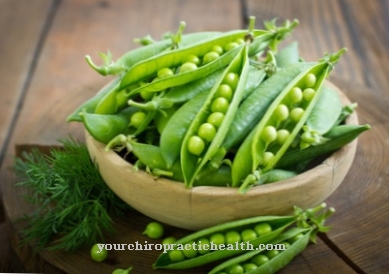

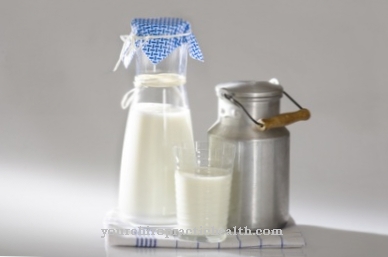
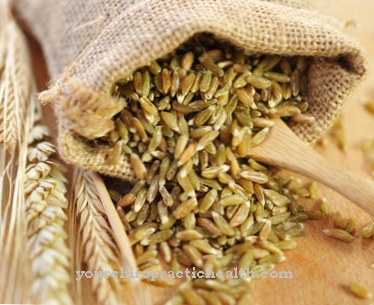
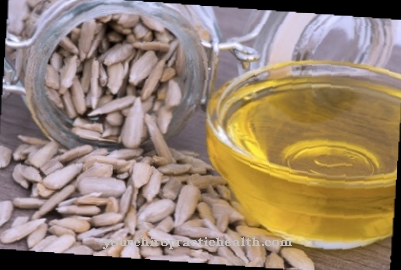
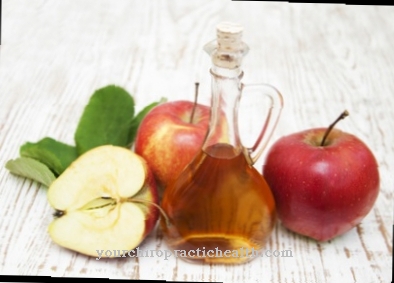






.jpg)

.jpg)
.jpg)











.jpg)